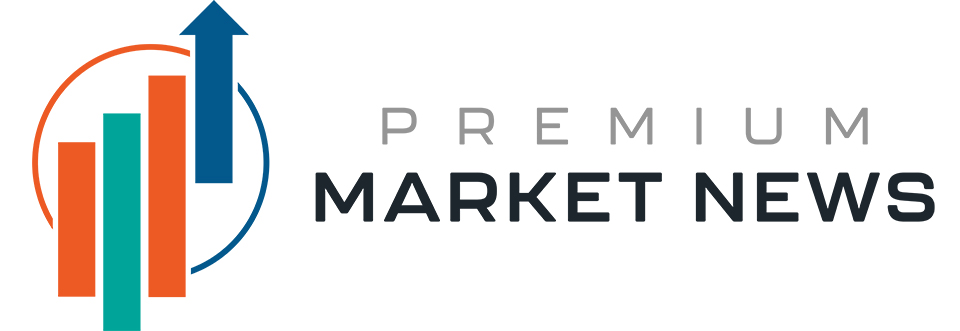Over the last few years, with interest rates as high as they were, cash has served many investors well who have been fearful of a volatile market. Finding a high-yield savings account providing more than 5% wasn’t very challenging, nor was parking cash in a U.S. Treasury, which saw 10-year notes peaking at 4.79% in interest.
However, as interest rates are slipping due to inflation returning to lower levels, the days of sub-5 % yields for cash investors are coming to an end. Today, finding a cash-rich account that offers above 4% is challenging, and even if you found one, you aren’t likely to stay above that level for long, making ETFs all the more attractive.
Why Cash Is Losing Its Edge
For millions of “investors” out in the world, cash is comfortable, but growing it can be and has been a real challenge. As interest rates fall, so too does the yield on high-yield savings accounts and money markets. In March 2025, you might have found an average interest rate of around 5.1% but today, in November, you are hovering closer to just above or just below 4%.
What’s worse is that analysts predict rates on cash-heavy accounts will drop to close to 3.5% if the Fed cuts rates at least two more times before the middle of 2026. Given this possibility, it’s super important to remember that inflation is cutting into any cash return, as a 3% inflation rate against a 4% yield means you are only receiving a real return of 1%, and this is before you have to pay taxes.
As soon as you factor in federal income taxes and state taxes, if the latter applies where you live, most investors are likely just breaking even on their cash returns. On the other hand, you can look closely at dividend ETFs, which essentially pay investors to stay invested and keep their money in these accounts.
Not only are the yields competitive in this space, but the difference is that your payout can grow over time. This might have been true temporarily for cash accounts, but some ETFs actually focus on companies that raise their dividends annually, which means you have built-in inflation protection.
In other words, cash pays you once, but dividend ETFs can keep paying you and paying you.
Why Dividend ETFs Are More Appealing Than Ever
If you’re looking for a way to bridge the gap between the safety of cash and the growth potential of equities, dividend ETFs are the answer. Ultimately, the appeal is that you can generate consistent passive income while maintaining ample diversification across sectors.
Not to mention that you have the reality that ETFs are historically better performers than cash rates. There’s also a psychological factor here in that owning ETFs that pay you regularly changes how you think about investing.
In other words, if you own ETFs that regularly pay you dividends, you have an opportunity, hopefully one you take, and stop watching the market day-to-day and really focus on the cash flow that comes in quarterly or monthly with every dividend payment.
None of this is to say that holding cash isn’t a bad idea while yields are still north of 3.5%, but ETFs have a much greater growth opportunity. For retirees, in particular, a dividend investor can build sustainable, inflation-proof income streams that cash simply cannot provide.
Put Your Cash Into Some Dividend ETFs
Schwab U.S. Dividend Equity ETF
Among the most popular dividend ETFs on the market today, the Schwab U.S. Dividend Equity ETF (NYSE:SCHD) offers a current 3.88% dividend yield and a $1.03 annual dividend for every share purchased. While 26 cents per share in 2025 every quarter might not sound like a lot, the Schwab U.S. Dividend Equity ETF looks for companies with strong free cash flow, durable balance sheets, and most importantly, consistent dividend growth.
Vanguard High Dividend Yield ETF
Another strong alternative to cash is the Vanguard High Dividend Yield ETF (NYSE:VYM), which offers a 2.51% dividend yield and has a $3.52 annual dividend amount for shareholders in 2025. Holding a mix of 569 different holdings, there is a who’s who of stocks inside the Vanguard High Dividend Yield ETF, with Broadcom, JP Morgan, Walmart, Home Depot, Chevron, and Verizon.
Best of all, the Vanguard High Dividend Yield ETF tends to perform well even when markets get a little choppy. There is no question that the large-cap names can offer some volatility, but it’s also an ideal long-term hold for investors who are okay with doing a tightrope walk with growth at the expense of very high dividends.
Why Rotate Cash Into Dividends Now, Not Later
It won’t come as much of a surprise to learn that, at the end of the day, cash still has its place and investors will still cling to cash as rates peak. The opposite is also true, as there will be a rush to reinvest once yields drop too low. The thing is, inflation is trending lower, and this makes it a good time for income ETFs, especially when companies have stable earnings and healthy balance sheets and are “magically” justifying their high valuations. The big takeaway is that the earlier you move from cash into dividend ETFs, the longer those dividends can work for you with consistent passive income for years into the future.
